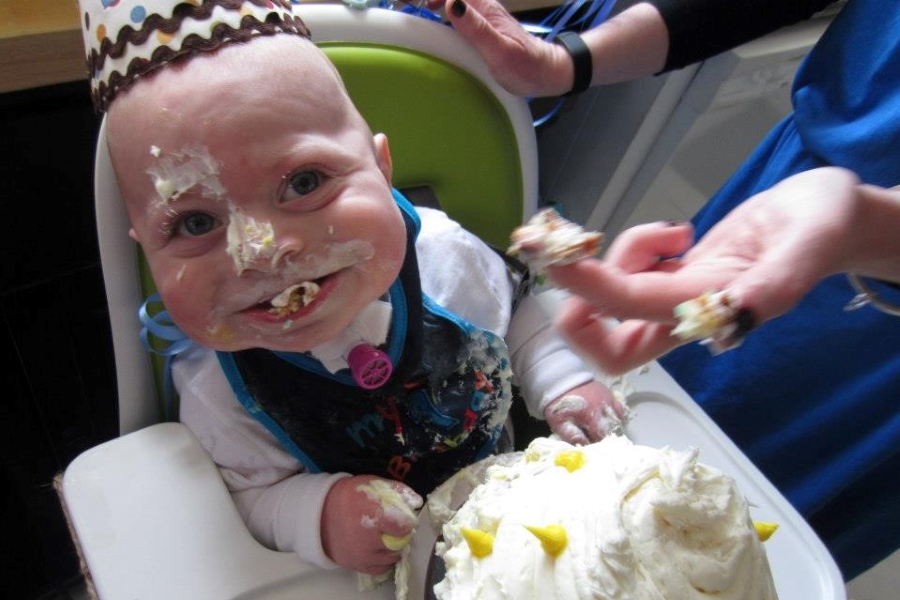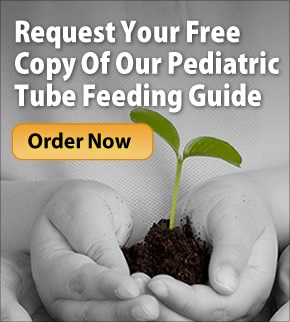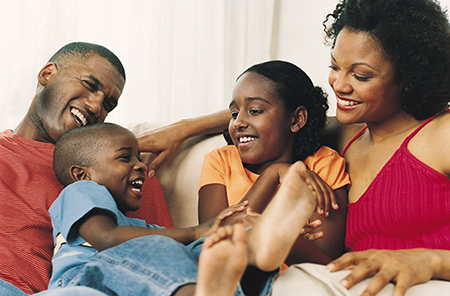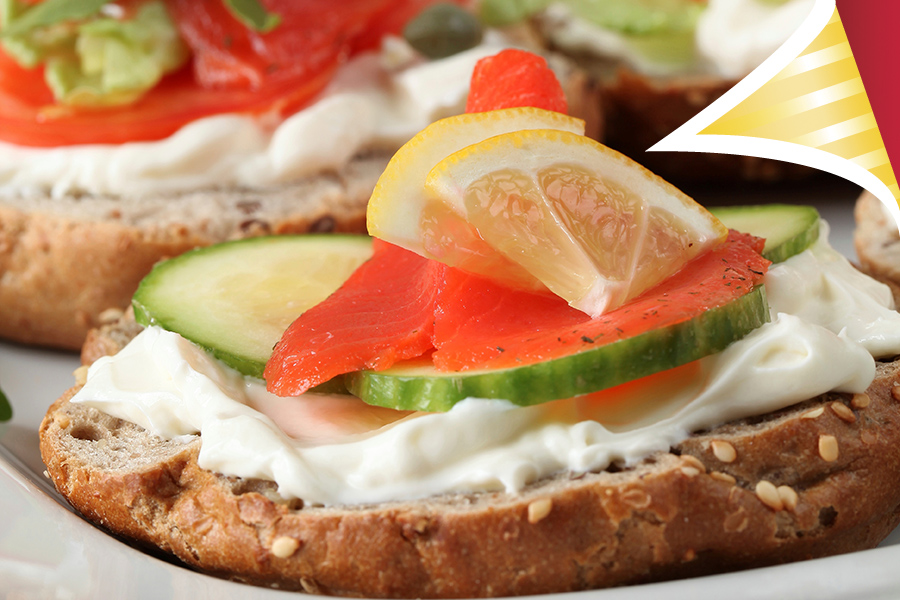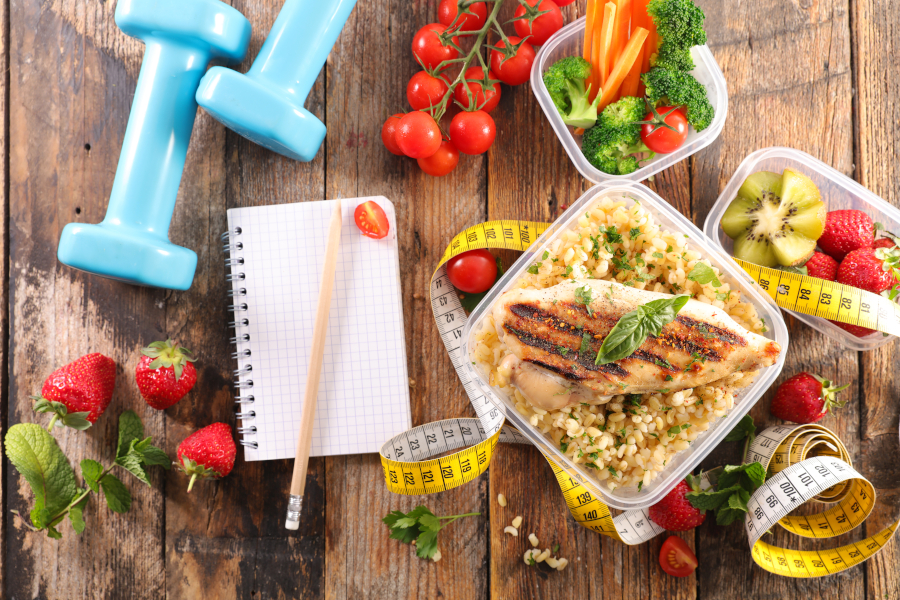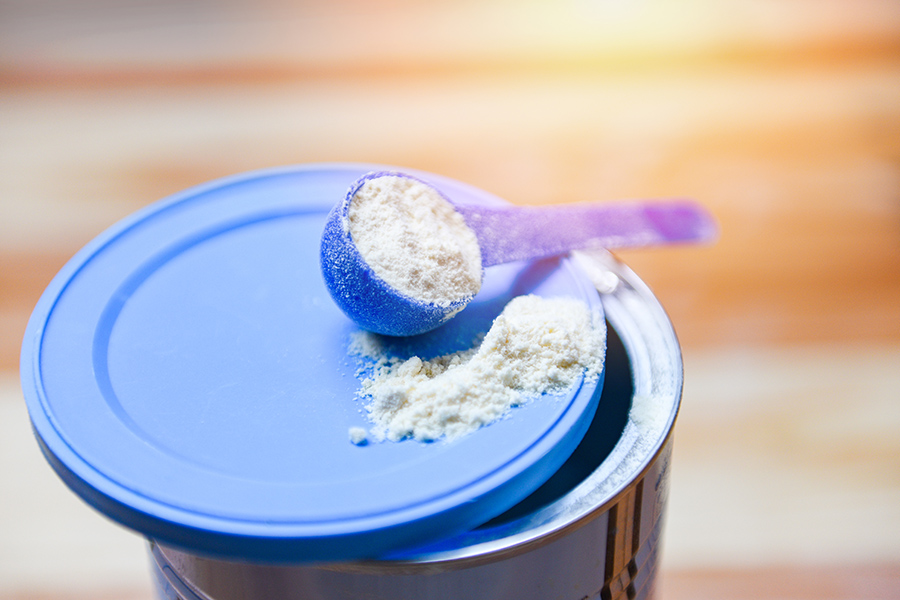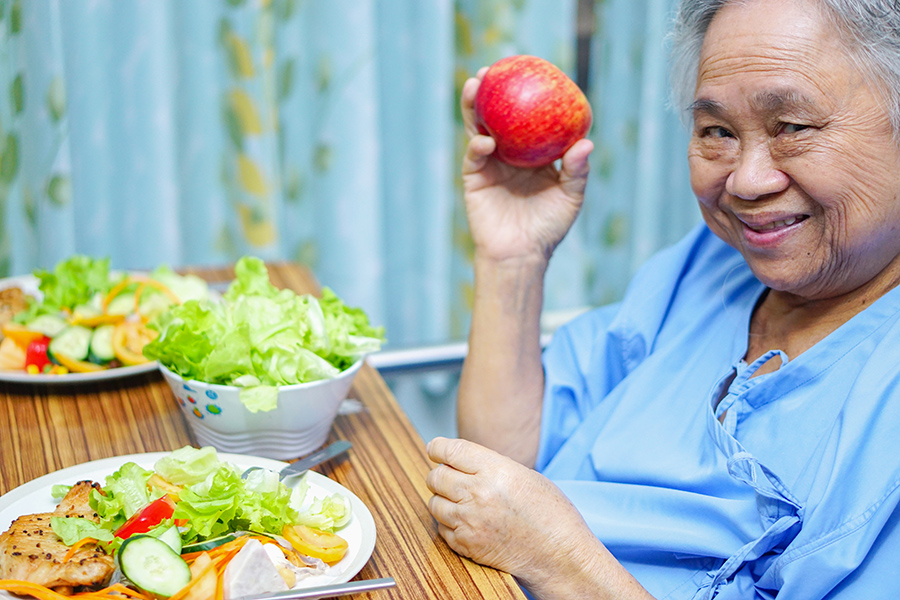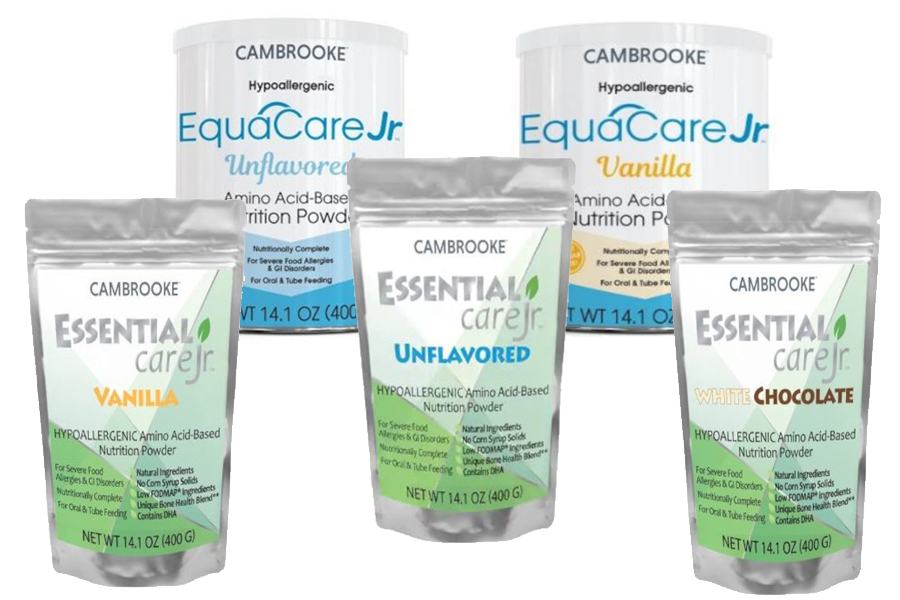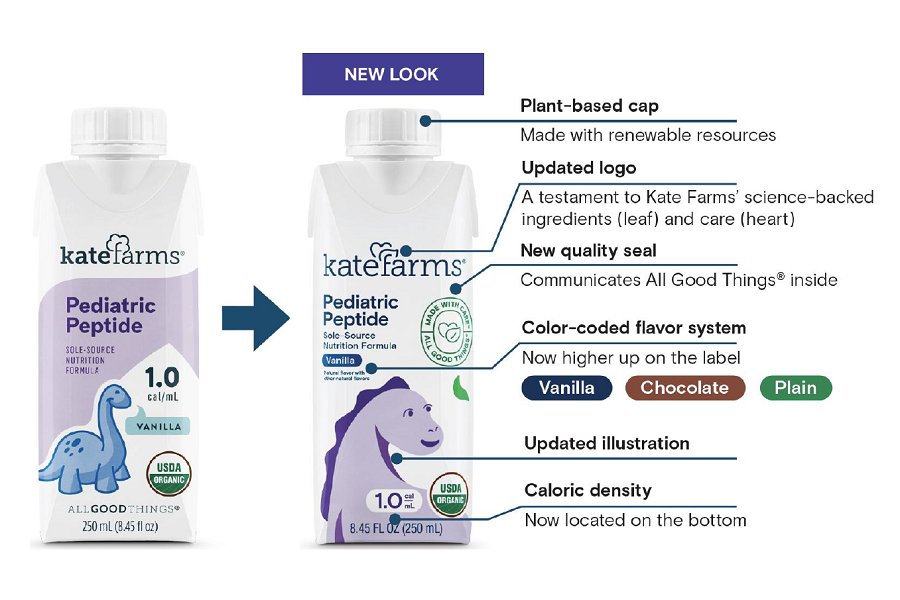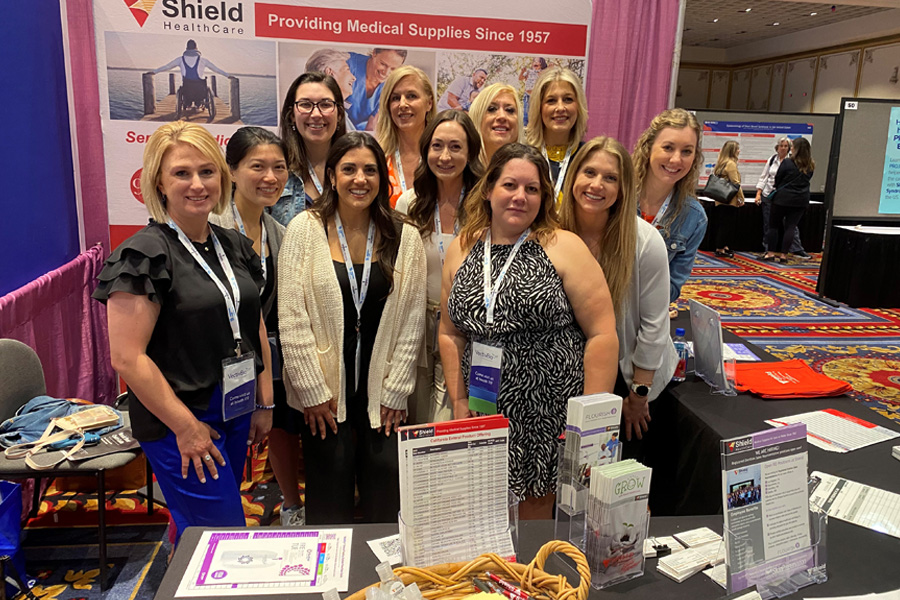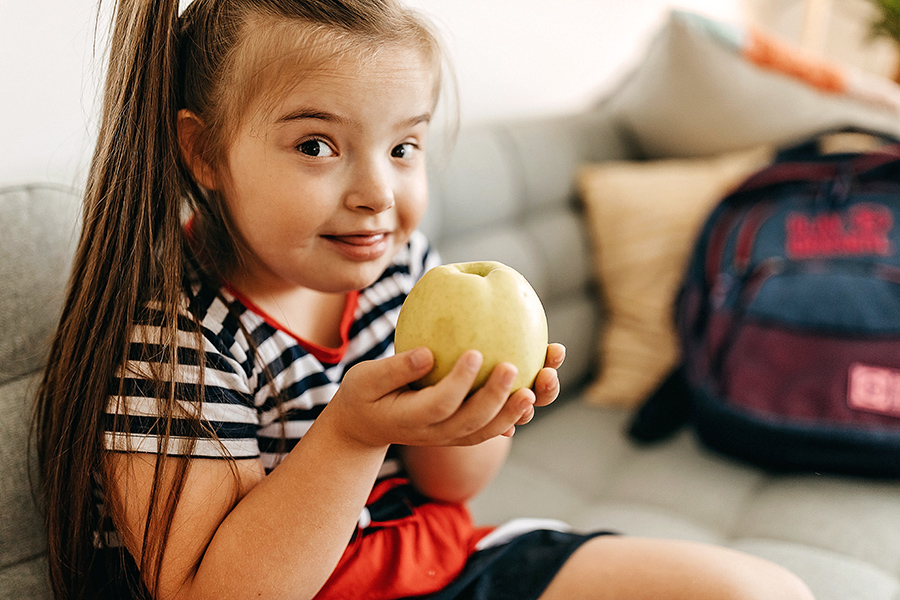Three days after my son, Charlie, began tube feeding, we fled to the beach. The ocean in October was exactly what we needed after seven months of fighting to eat.
After coming home from the NICU at three months old with a tracheotomy, I rejoiced that he could bottle feed. All the medical professionals congratulated us on this one small triumph: at least he could eat. It felt like a victory we hadn’t earned but truly needed. So, I pumped and he ate…sort of. I would count down the three hours between feedings and I would feel that spring of worry inside me tighten. Would the next newly-designed bottle, the next formula, the next swaddle, the next placement of my fingers on his tiny jaw and chin be the trick? It never was. And what had felt like a victory when we left the NICU was now our constant source of defeat.
He would tire half way through a bottle and then a third of the way and then finally, after months of tears on both our parts, he quit. He had had enough of the struggle and so had I. When we went in to have that gastrointestinal tube placed, my heart was so many shades of feelings, like a mood ring that didn’t know where to settle: sadness that we had not, after all, made bottle feeding work, worry over yet another hole in his fragile body, guilt as his mother that I could not provide for him in the most fundamental ways, but then, the feeling that overrode it all when I gave him that first feeding through his tube: relief.
That first feeding in our home with the feeding pump quietly ticking away the milliliters was peaceful as he relaxed in my lap in his rocker that had formerly been our battle site. He cuddled into me, his head in the crook of my arm and as his belly filled, I watched his face relax for the first time in months. This was the first meal in all that time that I had been able to truly look at his face. I wasn’t focused on the angle of the bottle or the leakage that would spill from his mouth. I marveled at the way his blue eyes grew sleepy and how his hand curled around mine. It was the closest I had felt to him since birth. We were finally doing that bonding thing that everyone kept talking about.
Later, as he grew stronger because he did not have to fight for every drop of nourishment, he became playful at meal times. He would wield the cord that attached to his g-tube like a tiny whip and fling it around. Eventually, he learned to unhook it mid-feed and I would find him with the end in his mouth, sucking it like a straw. That’s when we began to experiment with solid food.
While he took his meals through his g-tube, I sat him in his high chair and gave him mashed banana, sweet potato, applesauce – all the things he didn’t have the energy to try before and we played. He sneezed pureed pumpkin in my hair. He stuck the spoon up his nose. And because I did not have to count every calorie and gram, there was no goal to set and therefore, no pressure to achieve. Food had finally become fun.
Charlie is eight now and no longer has a g-tube. His current favorite foods are Rice Krispie Treats, chicken nuggets, and soft serve ice cream, in that order. He is still in feeding therapy – certain textures and sizes of bites are hard. But we would not be here if not for the relief that the g-tube provided us. It gave him the boost he needed to become the kid who could approach food with curiosity and take his time with it without worrying about gains and losses. Tube feeding gave me the space to mother him in all the ways I had longed for in those early months. Most importantly, it made us both grateful for the way food can provide both physical and emotional comfort in a time of need.
DISCLAIMER: This information is designed for customer use only and does not represent the advice of a medical health professional. Please contact your doctor for explicit advice on your prescription and/or feeding program.

Jamie Sumner is a special needs mom, author and blogger.
Discover her new book, Unbound: Finding Freedom from Unrealistic Expectations of Motherhood.
Read her blog, The Mom Gene.
Follow her on Facebook.
More Articles About Bonding With Your Tube Fed child:







